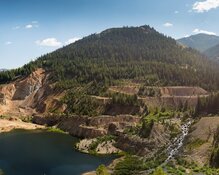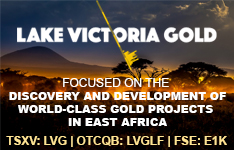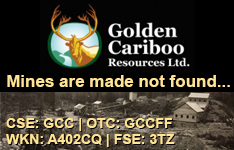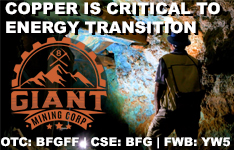The miner, Allied Gold , is not alone. Papua New Guinea might resume mining of one of the world's richest copper deposits by 2012, two decades after villagers attacked and sabotaged operations there.
From Papua New Guinea to New Caledonia, mines have often created conflicts between poor villagers and their governments over the distribution of wealth, leaving the South Pacific with little to show for its mining riches.
Allied's Goldridge mine had been abandoned a decade ago after tensions flared between rival bands of islanders.
Fighting broke out between the Guadalcanal and Malatian islanders in 2000 over political control of the Guadalcanal province. Though unrelated to the mine itself, the conflict spread to the operation when looters stripped much of its infrastructure and equipment, such as cabling and roofing.
The hostilities date back to World War II, when U.S. troops fighting the Japanese on Guadalcanal, the main island in the Solomons, brought over thousands of neighboring Malatian islanders. The Malatians stayed on Guadalcanal and came to dominate the indigenous population economically and politically.
Elsewhere in the region, Fiji has had a start-stop history of gold mining while New Caledonia is focused solely on nickel.
The Solomon Islands has been associated with gold since 1568 when Spanish explorer Alvaro de Mendana de Neyra discovered what he believed to be the 'Land of Ophir', the source of Israeli King Solomon's gold according to the Old Testament.













































